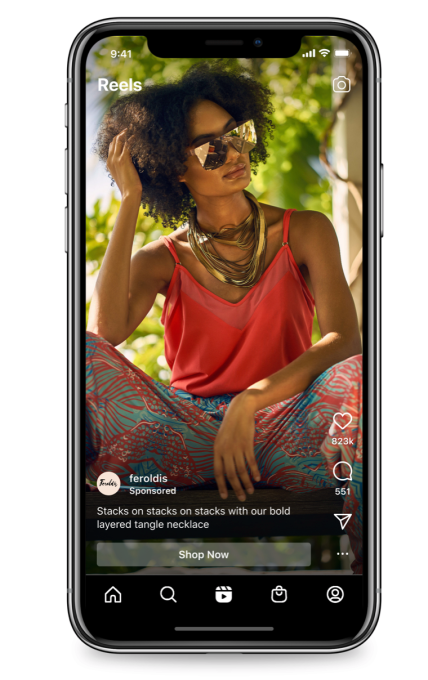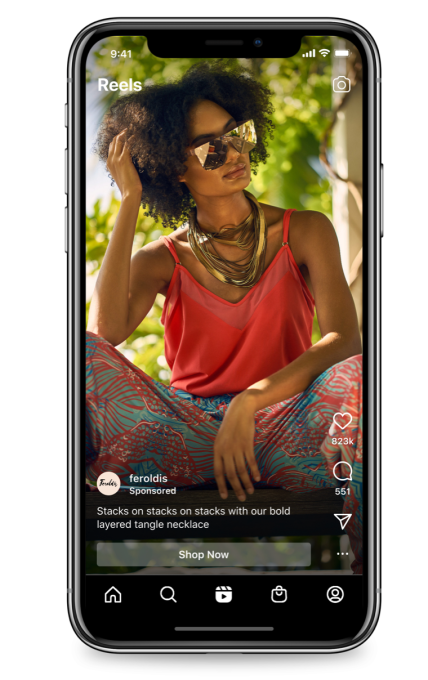APPS
Instagram’s TikTok rival, Reels, rolls out ads worldwide

Instagram Reels are getting ads. The company announced today it’s launching ads in its short-form video platform and TikTok rival, Reels, to businesses and advertisers worldwide. The ads will be up to 30 seconds in length, like Reels themselves, and vertical in format, similar to ads found in Instagram Stories. Also like Reels, the new ads will loop, and people will be able to like, comment on, and save them, the same as other Reels videos.
The company had previously tested Reels ads in select markets earlier this year, including India, Brazil, Germany and Australia, then expanded those tests to Canada, France, the U.K. and the U.S. more recently. Early adopters of the new format have included brands like BMW, Nestlé (Nespresso), Louis Vuitton, Netflix, Uber and others.
Instagram tells us the ads will appear in most places users view Reels content, including on the Reels tab, Reels in Stories, Reels in Explore and Reels in your Instagram Feed, and will appear in between individual Reels posted by users. However, in order to be served a Reels ad, the user first needs to be in the immersive, full-screen Reels viewer.

Image Credits: Instagram
The company couldn’t say how often a user might see a Reels ad, noting that the number of ads a viewer may encounter will vary based on how they use Instagram. But the company is monitoring user sentiment around ads themselves, and the overall commerciality of Reels, it says.
Like Instagram’s other advertising products, Reels ads will launch with an auction-based model. But so far, Instagram is declining to share any sort of performance metrics around how those ads are doing, based on tests. Nor is it yet offering advertisers any creator tools or templates that could help them get started with Reels ads. Instead, Instagram likely assumes advertisers already have creative assets on hand or know how to make them, because of Reels ads’ similarities to other vertical video ads found elsewhere, including on Instagram’s competitors.
While vertical video has already shown the potential for driving consumers to e-commerce shopping sites, Instagram hasn’t yet taken advantage of Reels ads to drive users to its built-in Instagram Shops, though that seems like a natural next step as it attempts to tie the different parts of its app together.
But perhaps ahead of that step, Instagram needs to make Reels a more compelling destination — something other TikTok rivals, which now include both Snap and YouTube — have done by funding creator content directly. Instagram, meanwhile, had made offers to select TikTok stars directly.
The launch of Instagram Reels ads follows news of TikTok’s climbing ad prices. Bloomberg reported this month that TikTok is now asking for more than $1.4 million for a home page takeover ad in the U.S., as of the third quarter, which will jump to $1.8 million by Q4 and more than $2 million on a holiday. Though the company is still building its ads team and advertisers haven’t yet allocated large portions of their video budget to the app, that tends to follow user growth — and TikTok now has over 100 million monthly active users in the U.S.
Both apps, Instagram and TikTok, now have more than a billion monthly active users on a global basis, though Reels is only a part of the larger Instagram platform. For comparison, Instagram Stories is used by some 500 million users, which demonstrates Instagram’s ability to drive traffic to different areas of its app. Instagram declined to share how many users Reels has as of today.

















